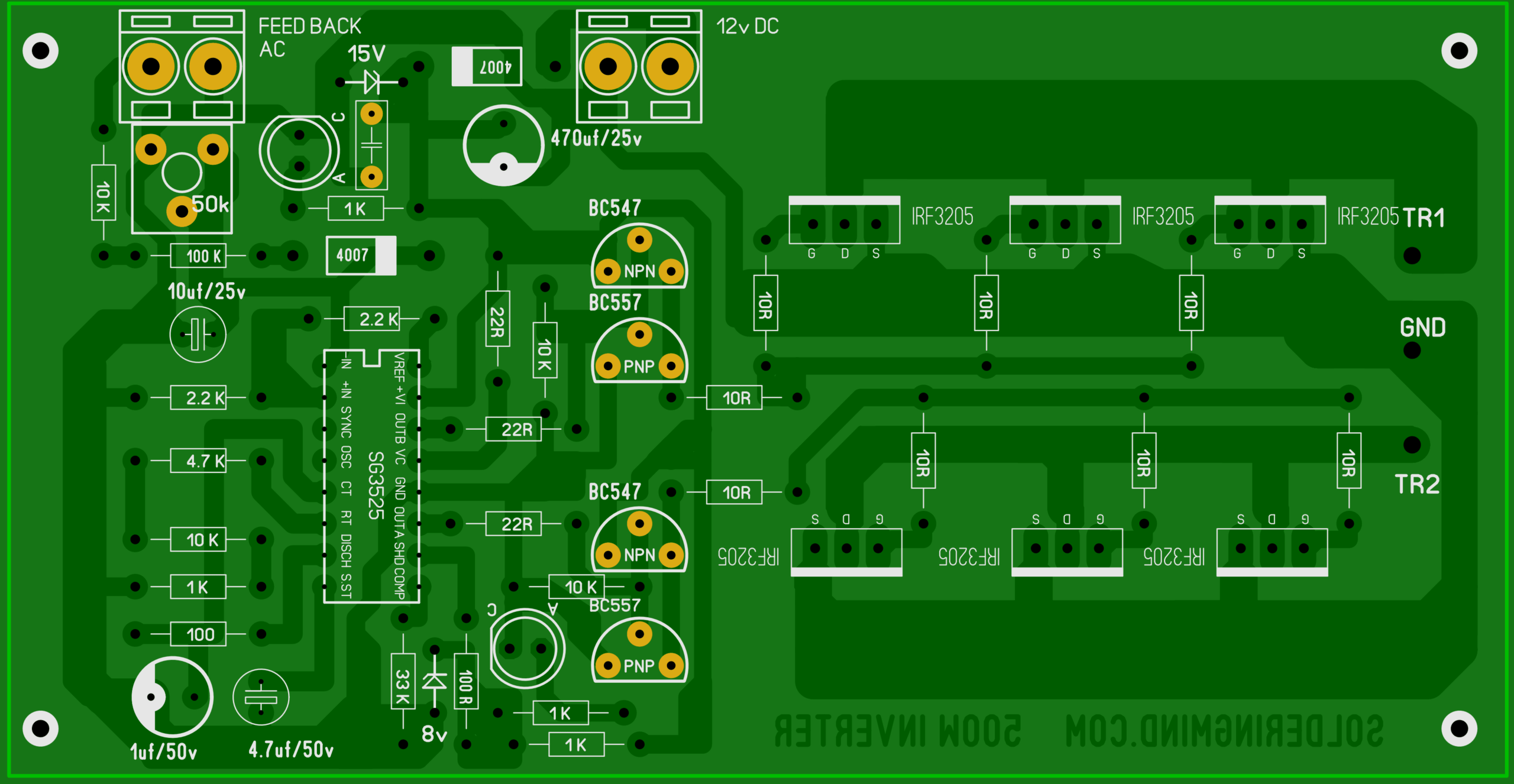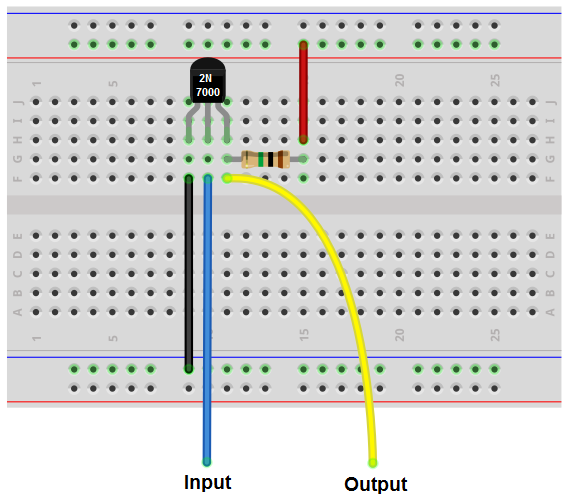
Google Patents US2922958A - Transistor inverter with starter circuit We may also share this information with third parties for this purpose.US2922958A - Transistor inverter with starter circuit We will use this information to make the website and the advertising displayed on it more relevant to your interests. Targeting/Profiling Cookies: These cookies record your visit to our website and/or your use of the services, the pages you have visited and the links you have followed. Loss of the information in these cookies may make our services less functional, but would not prevent the website from working. This enables us to personalize our content for you, greet you by name and remember your preferences (for example, your choice of language or region). Functionality Cookies: These cookies are used to recognize you when you return to our website. This helps us to improve the way the website works, for example, by ensuring that users are easily finding what they are looking for. Analytics/Performance Cookies: These cookies allow us to carry out web analytics or other forms of audience measuring such as recognizing and counting the number of visitors and seeing how visitors move around our website. They either serve the sole purpose of carrying out network transmissions or are strictly necessary to provide an online service explicitly requested by you. The cookies we use can be categorized as follows: Strictly Necessary Cookies: These are cookies that are required for the operation of or specific functionality offered. This falls below the requirement for conduction in Q 4 and the diode, D 1, so that both of these turn OFF prior to the saturation of Q 3. This in turn increases the voltage drop across R 1 which in turn means that the voltage across Q 2 i.e. As Q 2 becomes more conducting, its collector current increases. Q 3 also conducts more heavily and eventually reaches the point of saturation also.

V O = V CC - V R1 - V BE4 - V D1 V O = 5 - 0.94 - 0.65 - 0.6 = 2.81V Point 3: V i = 1.2V, V O = 2.81VĪs the input voltage is further increased, Q 2 conducts more heavily, eventually saturating. With Q 3 beginning to conduct there is a conduction path for current through Q 4 and the diode, D 1, which then turns fully ON. This confirms that Q 2 is still operating in the forward active mode. Under this condition the collector to emitter voltage drop across Q 2 is: The voltage drop across R 2 is then V R2 = 1.23mA × 2.2 kΩ = 2.7V.

With operation in the linear active region, the collector current in Q 2 is 0.97 × 1.27mA = 1.23mA. Note that with transistor Q 3 just at turn on, V BE3 = 0.6V which means that the current through R 3 is 0.6V/470Ω = 1.27mA.

Eventually, Q 3 reaches the point of conduction. Base current to Q 2 is supplied by the now forward biased base-collector junction of Q 1 which is still in saturation. V IN = V BE2 - V CE1(SAT) = 0.6 - 0.1 = 0.5 Point P2: V IN = 0.5, V OUT = 3.8VĪs the input voltage is further increased, Q 2 becomes more conducting, turning fully ON. V OUT = V CC - V BE4 - V D1 V OUT = 5 - 0.6 - 0.6 = 3.8V Point P1: V IN = 0.5, V OUT = 3.8VĪs the input voltage is slightly increased, the above state continues until, with Q 1 on and in saturation, the voltage at the base of Q 2 rises to the point of conduction. While there is no load present, there are leakage currents flowing in the output stage which allow the transistor Q 4 and the diode D 1 to be barely conducting in the ON state. This ensures that Q 2 is off which, in turn, means that Q 3 is off. Since the only source of collector current is the leakage of Q 2, Q 1 will be driven into saturation. With the input near 0 volts and the base current supplied to Q 1, this transistor can conduct in the forward mode. Figure 6 TTL inverter input vs output transfer curve


 0 kommentar(er)
0 kommentar(er)
